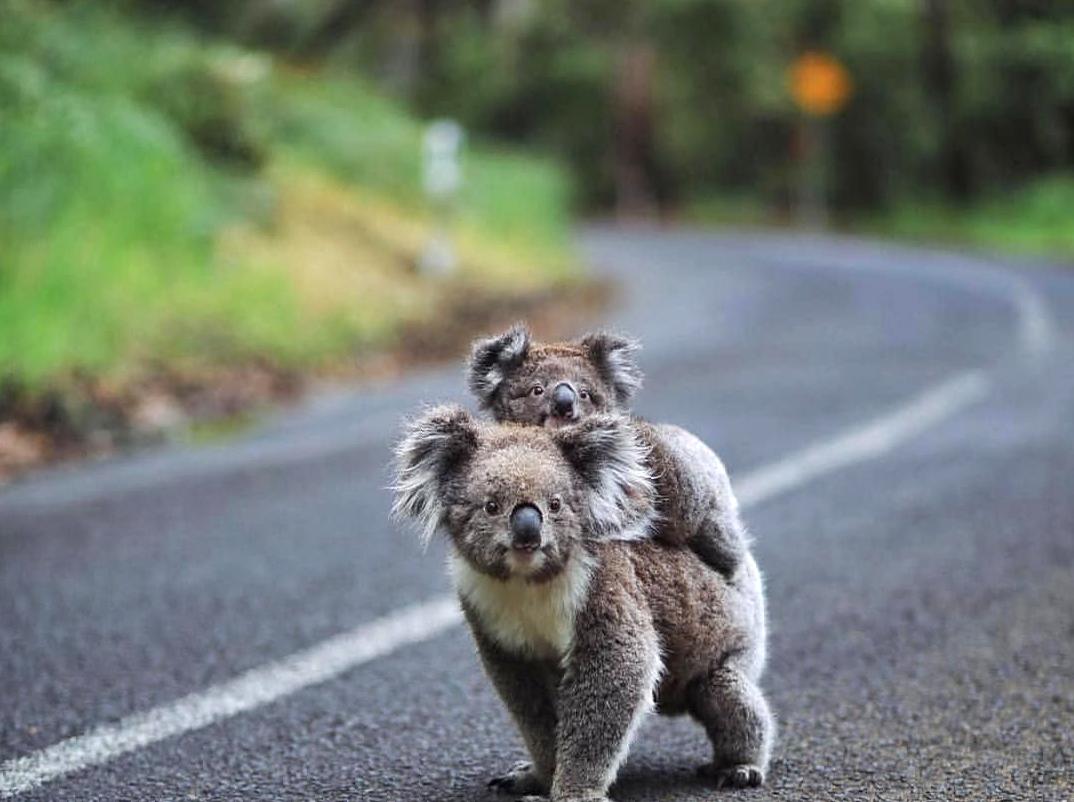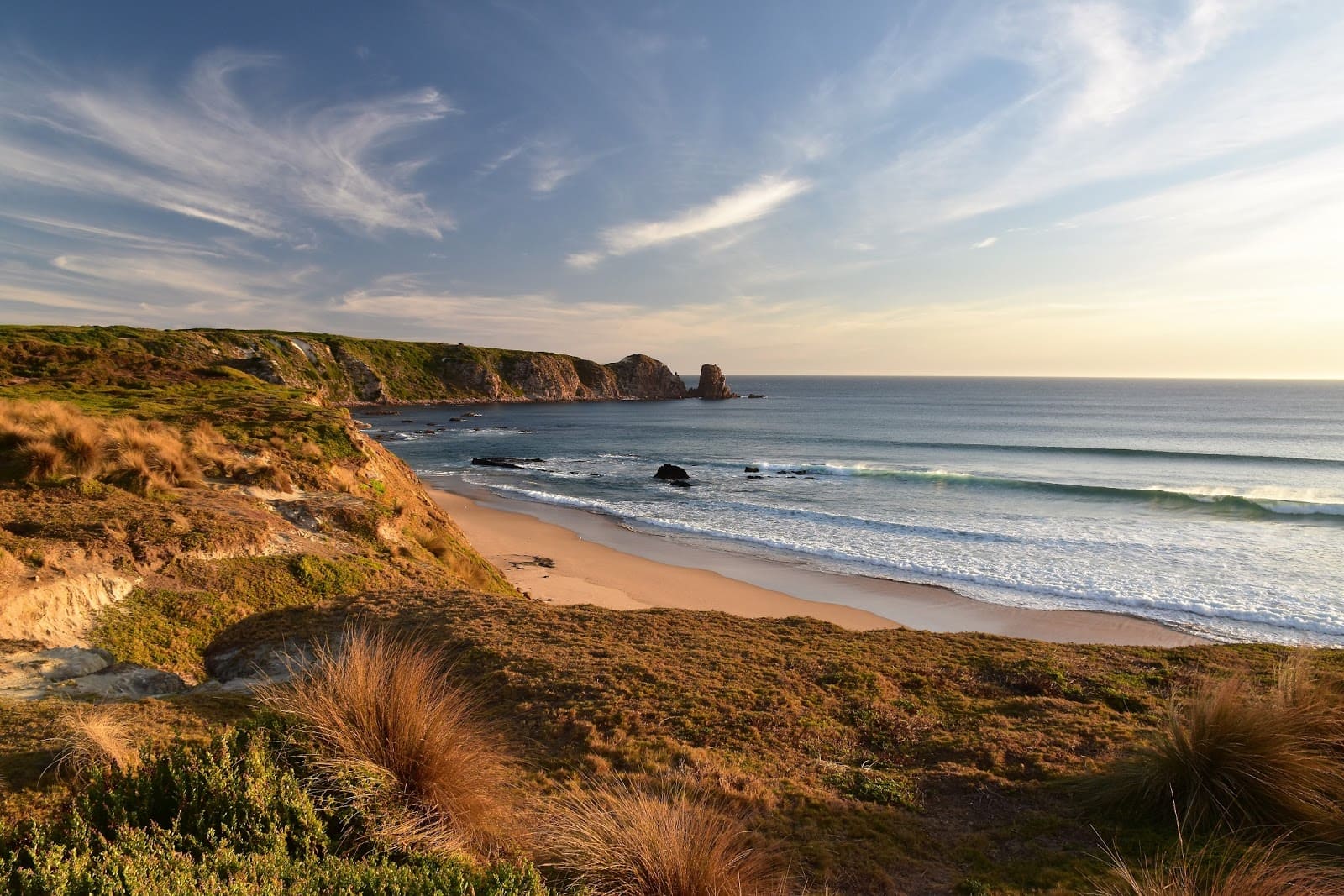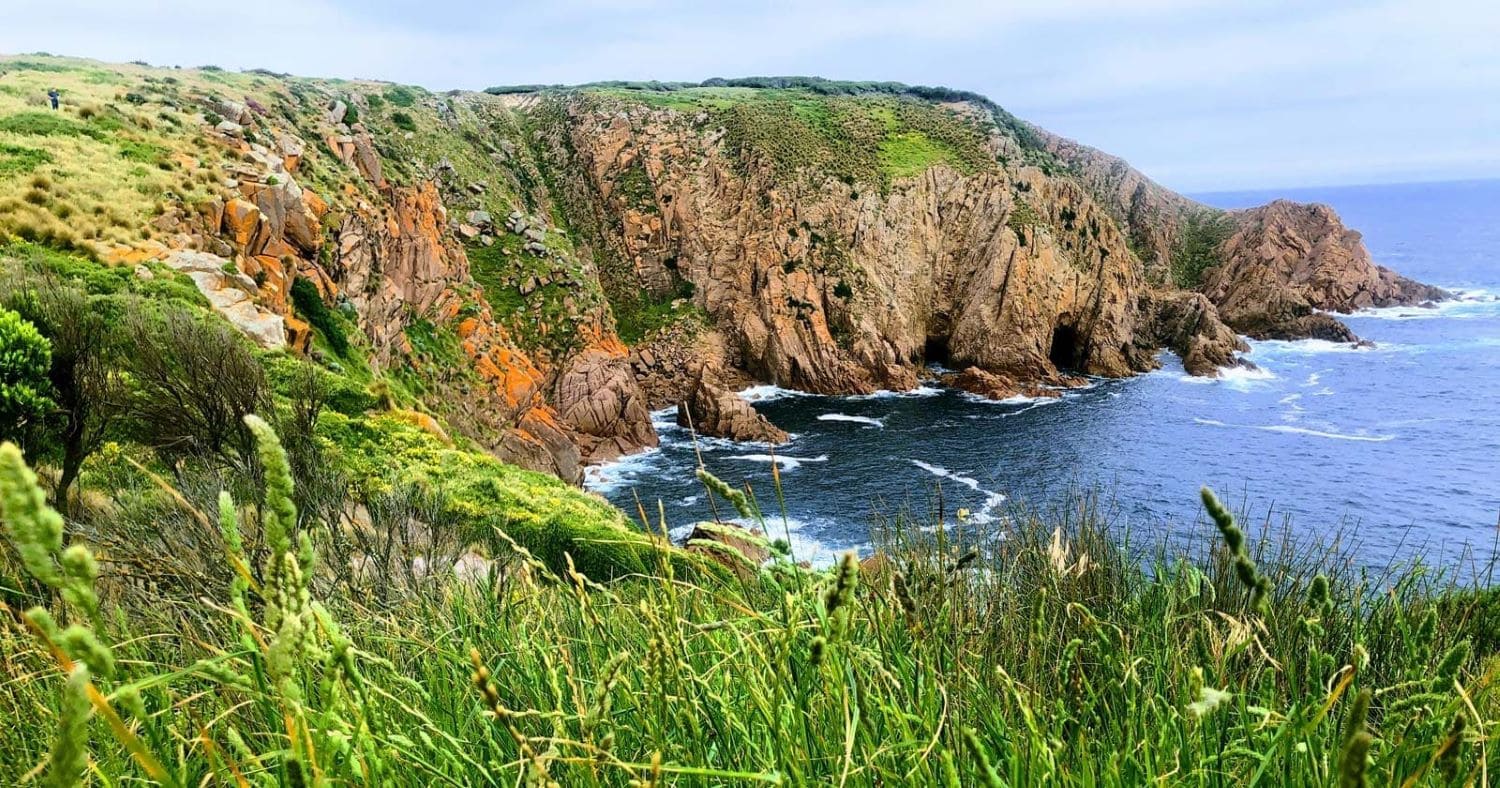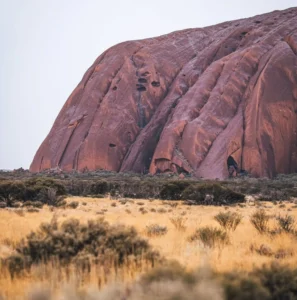Cape Woolamai Fauna Reserve which is located on Phillip Island is a beautiful area rich in wildlife and nature both in its lands and in its waters. This protected area is famous for the variety of ecosystems which support the existence of some native inhabitants. The region possesses an overwhelming natural beauty from the efficient coastal landscapes to the heathlands where the Australian fauna impresses visitors even more. The reserve is of great assistance in the conservation process of the important areas and animal species and offers an interesting experience of viewing endemic wildlife in their original habitat. Cape Woolamai with its beautiful and well-maintained walkways and a variety of wildlife is a place every nature lover cherishes for the ideal escape. In this section, we will discuss the various factors that contribute to the particular characteristics of this reserve and its occupants.

Ecological Types found in Cape Woolamai
There is so much that is available at the Cape Woolamai Fauna Reserve with its most sure-to-thrill being the variety of ecosystems. There are different biomes present inside the reserve, and each one has particular animals. It is important to comprehend these ecosystems so as to fully understand the biodiversity in Cape Woolamai. The reserve compromises coastal regions, heath, forest type, wetland regions and zones amongst other regions which help in maintaining the balance of ecosystems in the area. Here’s a description of some of those kinds of ecosystems in more details.
Coastal Environments
The coastal parts of Cape Woolamai are known for steep cliffs and rocky outcrops cut with sandy and stony beaches. These places provide habitats for different species in the marine and jungle ecosystems. Marine habitats not only provide coastal seabird nesting grounds but also serve as habitat for marine animals like seals and dolphins. Therefore, the preservation of these coastline regions is important since they are effective barriers against wave action and climatic change. These magnificent coastal paths punctuate visitors’ tour with beautiful views.
Wetlands and Their Importance
Wetlands are recognized as part of the overall ecosystems at Cap Woolamai. These places are significant to water cleaning processes and also support various animals. They constitute very significant habitats for migratory species birds who depend on food and breeding sites from the wetlands. The central role of wetland vegetation in contributing to the restore health of Cape Woolamai makes them a central part of the conservation strategies undertaken. In addition, visitors can take part in the educational programs meant to teach them the importance of wetlands to the ecosystem.
Wildlife Species in Cape Woolamai Fauna Reserve

The Cape Woolamai Fauna Reserve is home to a unique assortment of wildlife species and this makes the place appealing to many naturalists. Many birds, mammals, reptiles and amphibians make their home in these interconnected ecosystems providing shelter to them all. More fun and knowledge can be drawn from the reserve by understanding the various types of plants and animals that thrive there. There are, however, some interesting wildlife species that will catch your knees and curiosity:
- Native Birds: The reserve is filled with birds most of which are very rare such as the Orange-bellied Parrot and Australian Fairy-wren as such its a birdwatcher’s bliss.
- Mammals: Some of the more common egg laying mammals such as wallabies, koalas and marsupials are frequently seen during the cooler parts of the day.
Because of the great wildlife diversity reservation in the Cape Woolamai Fauna Reserve, the need of these areas and their protection by extents is emphasized. Each one of them performs a specific task in the ecological chain and thus their existence equally enhances the balance of the ecosystem. The pledge to the preservation of the reserve’s environment allows these species to flourish on it and hence this area is vital as regards clouds of wildlife.
Visiting Cape Woolamai Fauna Reserve
In case you intend to travel to Cape Woolamai Fauna Reserve, wait a minute, you are in the joy. The reserve provides remarkable opportunities for walking, observing the natural surroundings and the wildlife, and recreating oneself amidst nature’s beauty. And yet, knowing when to go and what preparation is needed can make the experience so much better. Here is a useful guide for the visitors:
Best Times to Come

The Cape Woolamai Fauna Reserve can be visited any time of the year however some times of the year are better than others as wildlife activities are quite fulfilling. Times of the year with the best index of observation of wildlife are as follows:
- Spring -September to November. This is the time when birds are nesting and wildflowers bloom.
- Autumn –March to May. This is when the migratory birds are in and the leaves colors start to change.
Walking Trails and Accessibility Options

The reserve is inclusive of a variety of well-marked and maintained walking and hiking trails suited for low and high fitness requirements. The distinct walking ways create opportunities for peoples to see the amazing views and gain knowledge on the local environment. Walking paths of varying degrees of difficulty range from short distances to licking of the horizon hilly excursions, each with outstanding views of the coastline. Moreover, the reserve is designed in a way that it is welcoming to the physically impaired so that all are able to partake in the enjoyment of the beauty.
| Wildlife Species | Best Times for Observation |
|---|---|
| Orange-bellied Parrot | Spring |
| Wallabies | Dawn and Dusk Year-round |
| Koalas | Winter |
Visitor Information and Preservation measures of the reserve
Human interference and activities have also been witnessed, thus the need to protect the reserve, for the benefit of both the wildlife and the people, through the rules of the reserve. The rules of roads and trails should always be respected, one should keep away from the animals, and feeding the animals, even if they are wild, is not advisable. Such responsible tourism preserves these important ecosystems for the generations to come. Additionally, through the biodiversity conservation activities, the reserve also offers the visitors volunteer programs or accepts them for the benefit of the organization that protects natural areas.
Conclusion
Arguably without a doubt, The Cape Woolamai Fauna Reserve is one of nature’s beautiful attire where one has the best chance to enjoy the natures premises and see a range of different creatures in their natural surroundings. The delicate ecosystems and diversity of all living organisms within usually highlights the efforts of people that are conserving wildlife. It is wise for the visitors not only to appreciate the extraordinary sanctuary but also to work actively towards its sustainability. Visit Cape Woolamai, where all the elements of intrigue, edification, and environmental preservation come hand in hand with wholesome fun for all.
FAQs
Q1: What types of wildlife should I anticipate at the Cape Woolamai Fauna Reserve?
A1: A variety of plants and animals inhabiting the reserve include birds, mammals, reptiles, and amphibians of which some are endemic to the coastal ecosystem.
Q2: Are any guided tours provided within the premises of the reserve?
A2: Yes, guided tours including educational activities are provided by the reserve for interested individuals about the areas wildlife and other ecosystem aspects.
Q3: Do you know when is the perfect time to visit Cape Woolamai Fauna Reserve for the first time?
A3: In spring or late summer, there is an increase in the movement of nature, since it is that time when animals are more active and flowers are open.
Q4: Are pets, specifically dogs, allowed in the Cape Woolamai Fauna Reserve?
A4: Most of the time, pets like dogs are not allowed in the reserve in a bid to enhance protection of wild lives; but there are palms where local laws should be checked.
Q5: Do you think there are conservation programs that I may join in at Cape Woolamai Fauna Reserve?
A5: You can help save the environment either through responsible tourism, through volunteering, or contributing to local conservation organizations.

